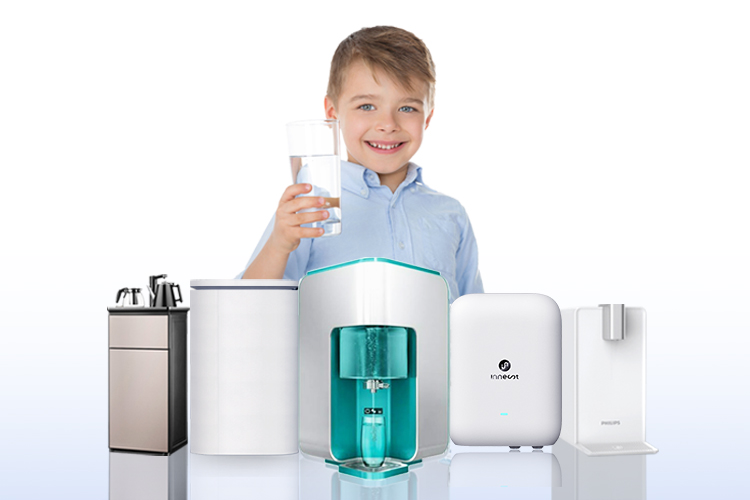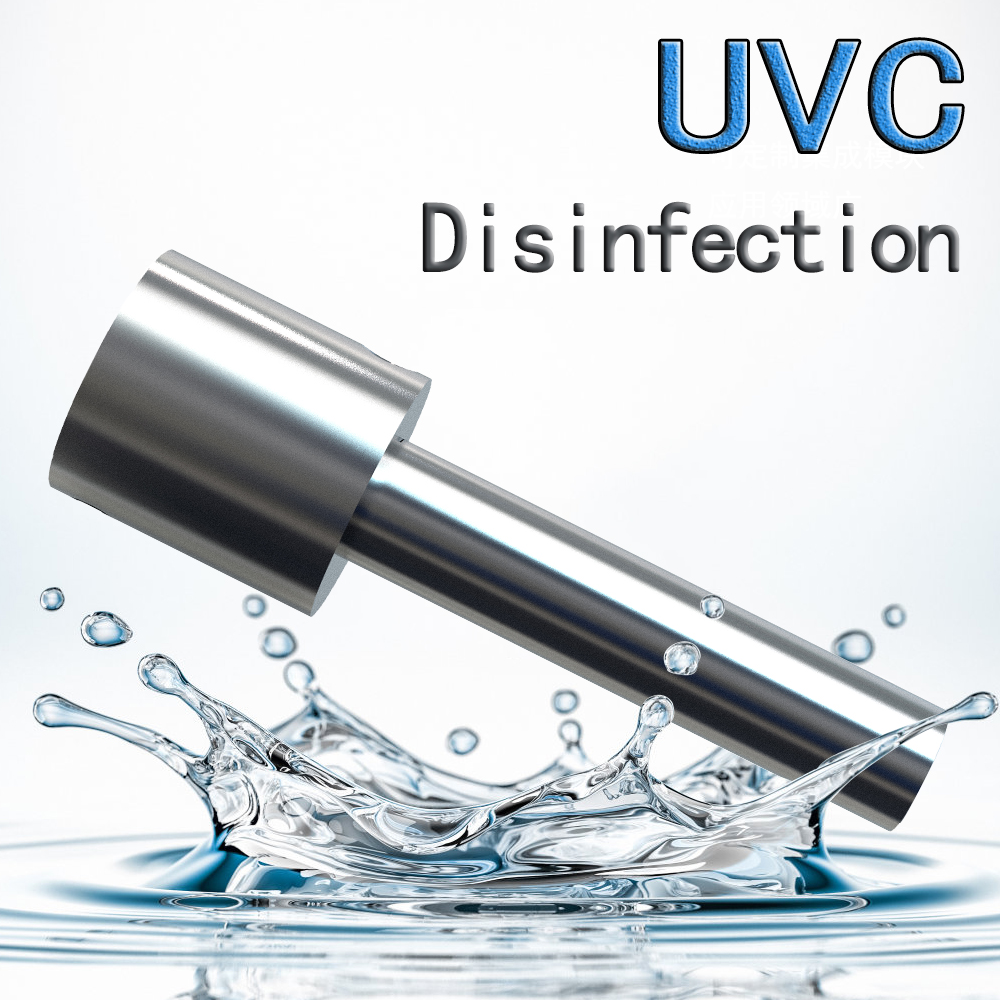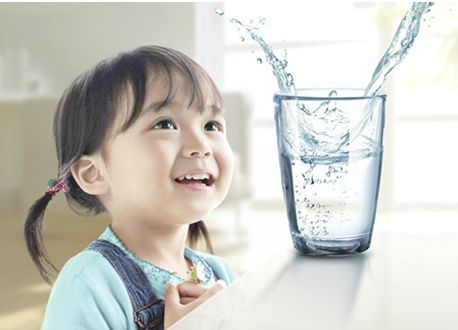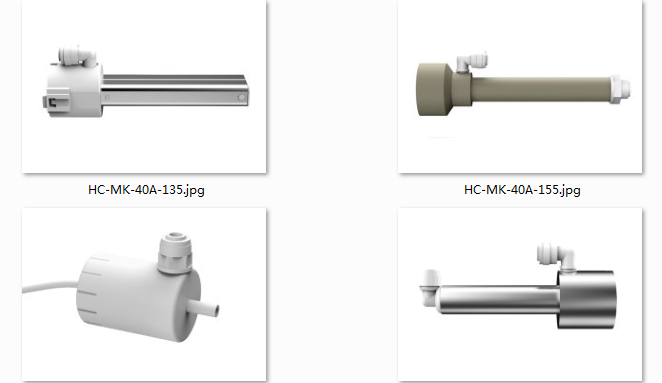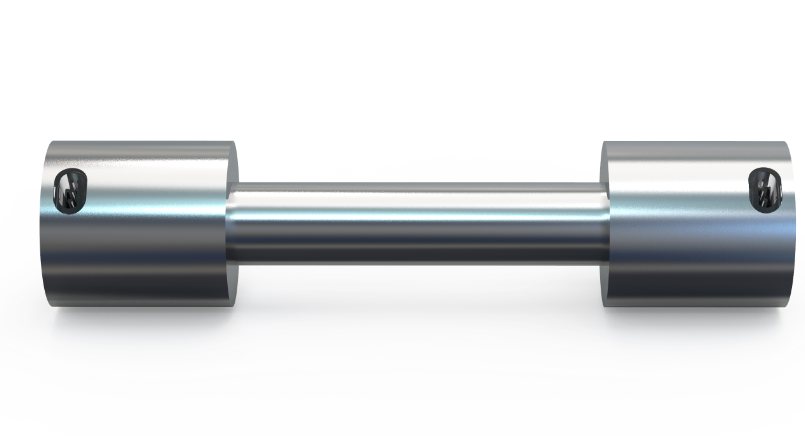Reverse Osmosis Water Purifier (RO water purifier) and Ultraviolet water purifier are the most common water purifier equipment in the market. Many people want to know the difference between the two before buying, or which is more suitable for their needs. No matter which one is used, many people think that reverse osmosis is better than ultraviolet. In fact, for purified water filtration, as long as it is used properly, there is no better filtration.
Reverse Osmosis Water Purifier:
Permeation refers to the flow of water molecules from the higher solution concentration area to the lower concentration area through the semi permeable membrane. Therefore, the RO water purifier moves the water molecules from the lower area to the higher area instead of infiltration, and acts by pushing them through the membrane with the pressure of water, during which the coating and dissolved solids will remain behind the membrane.
UV Water Purifier:
These water purifier products produce purified water with the help of ultraviolet light. Ultraviolet light can effectively kill bacteria and viruses, which is why ultraviolet water purifier is better than reverse osmosis water purifier in removing bacteria. In practical application, most household water purifiers can remove bacterial pollutants and viruses from water. However, for some chemical pollutants, such as some heavy metal elements and some organic substances, the effect is very small, especially when the requirements for pure water are relatively high.
Reverse Osmosis Water Purifier (RO water purifier) compared with Ultraviolet Water Purifier (UV):
1. Ultraviolet water purifier inactivates microorganisms in water by ultraviolet irradiation.
2. Ultraviolet light can treat the DNA of these microorganisms and inactivate them, so as to make the water pure.
3. RO water purifier uses a filter membrane that filters or even dissolves solids to filter out microbial particles of bacteria and other organic substances.
4. RO greatly reduces the possibility of any bacteria and harmful substances in water, so RO filtration is actually called water purification process.
5. Another major disadvantage of ultraviolet water purifiers is that they do not have measures to control the intensity of ultraviolet light. This means that due to the increase of organic matter in the water, its water purification effect will lose its disinfection ability over time.
6. When RO water purifier is used, chemicals, bacteria and microorganisms can be fully filtered, and high standard purified water can be achieved through some combined filtration.
7. RO water purifier is more expensive than UV water purifier, but we must consider our own budget and actual needs when purchasing. Now, both RO pure water machine and household water purifier use multi-stage filtration combination to purify water in order to ensure water quality standards.
UV LED module of Shenzhen Hechuang Hitech:
Cold light source: no heat radiation, low temperature rise
Long service life: more than 10 times that of traditional mercury lamp
Small size: easy to integrate into various product designs
Efficient sterilization: concentrated wave band, high photoelectric conversion efficiency
Environmental protection and safety: no mercury and no ozone
Shenzhen Hechuang Hitech CO., LTD. is a National High-tech Enterprise, which has won a number of invention patent technology awards. We focuses on the Research, Development, Production and Application of UVC-LED Technology. It adopts innovative technologies of revolutionary optics and fluid science, which can kill bacteria and viruses in 0.2 seconds, with a killing rate of 99.9999%. Hechuang Hitech provides safer, more efficient and more humanized sterilization module design for Air, Water and Surface Disinfection products.
For more information visit www.hc-hitech.com




